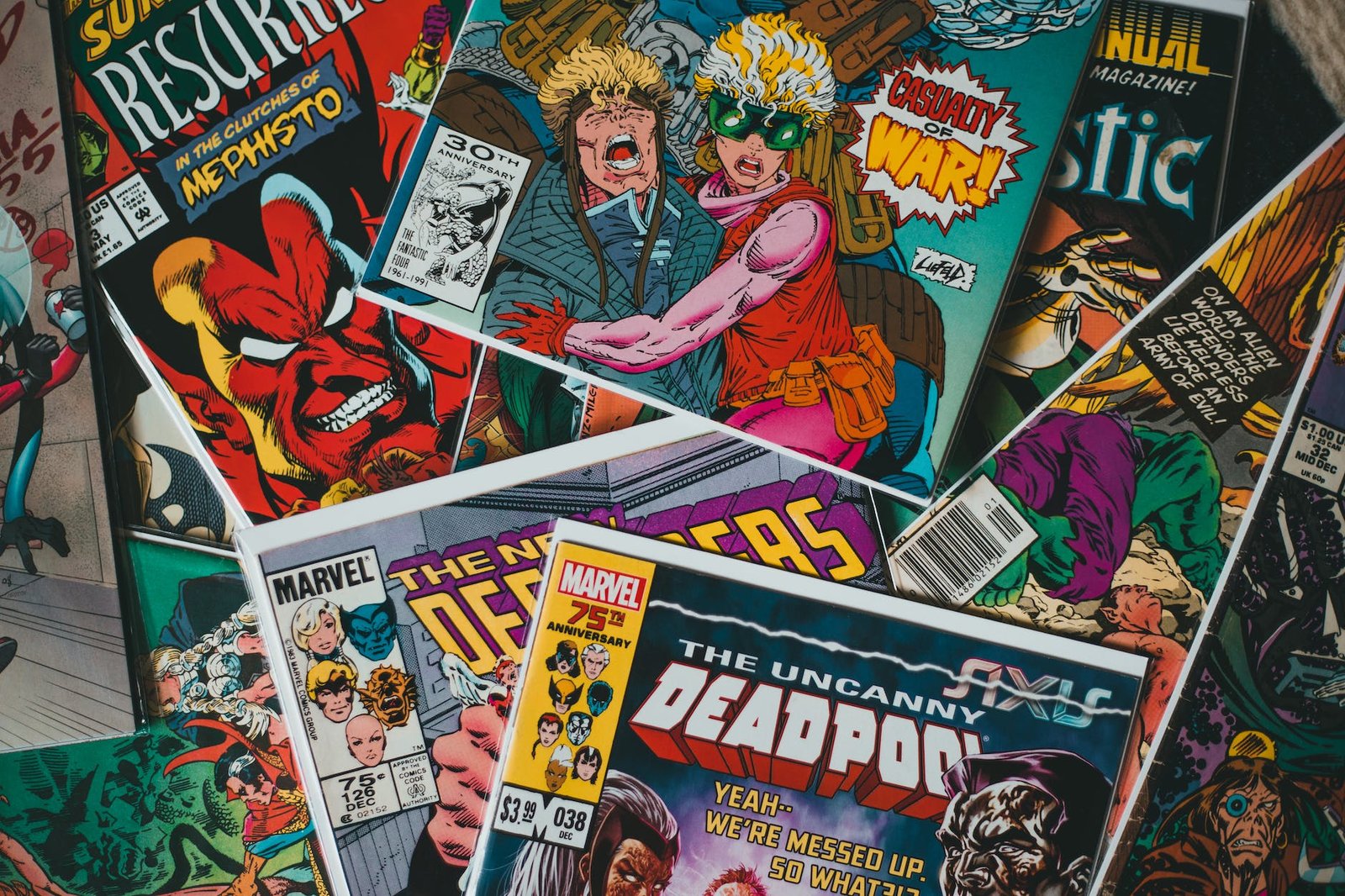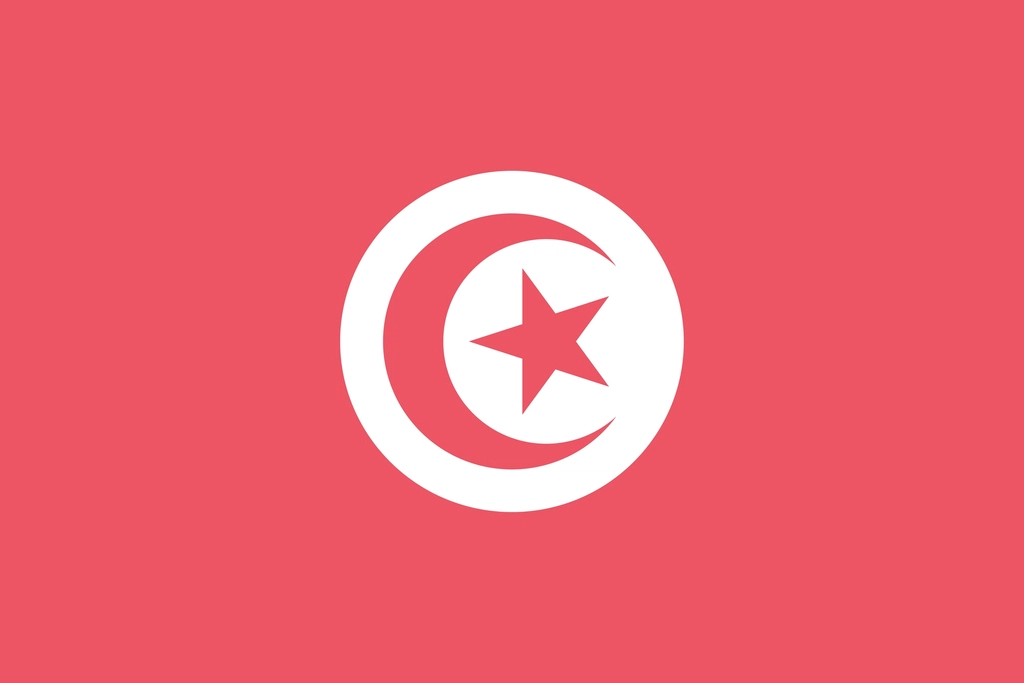Publication design is an essential aspect of graphic design that focuses on the layout and design of printed materials. From books and magazines to newspapers and newsletters, publication design plays a crucial role in creating visually appealing and engaging printed materials.
The Importance of Publication Design
Effective publication design goes beyond simply arranging text and images on a page. It aims to create a harmonious and visually pleasing experience for the reader. When done right, publication design can enhance the readability, comprehension, and overall impact of the content.
Whether it’s a book, magazine, or newspaper, the design plays a significant role in attracting readers and keeping them engaged. A well-designed publication captures attention, communicates information effectively, and conveys the intended message in a visually appealing manner.
The Elements of Publication Design
Publication design involves the use of various elements to create a cohesive and visually appealing layout. These elements include:
- Typography: The choice of fonts, font sizes, and spacing affects the readability and overall aesthetic of the publication. Typography plays a crucial role in guiding the reader’s eye and conveying the hierarchy of information.
- Layout: The arrangement of text, images, and other visual elements on a page determines the flow of information and the overall structure of the publication. A well-designed layout ensures that the content is organized and easy to navigate.
- Color: The use of color adds visual interest and helps create a mood or evoke certain emotions. Color choices should be consistent with the content and target audience, enhancing the overall design aesthetic.
- Images and Graphics: Visual elements such as photographs, illustrations, and infographics can enhance the content and make it more engaging. The selection and placement of images should complement the text and contribute to the overall design concept.
- White Space: Also known as negative space, white space refers to the empty areas on a page. It helps create balance, highlight important elements, and improve readability. Proper use of white space can make a publication feel more polished and professional.
The Process of Publication Design
Publication design involves a systematic process that starts with understanding the target audience and the purpose of the publication. Here are the key steps in the publication design process:
- Research: Gathering information about the target audience, the content, and the goals of the publication.
- Planning: Defining the overall structure, layout, and visual elements of the publication.
- Sketching and Wireframing: Creating rough sketches and wireframes to visualize the layout and placement of text and images.
- Typography and Color Selection: Choosing appropriate fonts, font sizes, and colors that align with the content and target audience.
- Layout Design: Creating the final layout, arranging the text, images, and other visual elements in a cohesive and visually appealing manner.
- Review and Refinement: Reviewing the design, gathering feedback, and making necessary revisions to improve the overall quality and effectiveness of the publication.
- Production: Preparing the final design files for printing or digital distribution.
The Role of Publication Designers
Publication designers are skilled professionals who specialize in creating visually appealing and effective printed materials. They have a deep understanding of typography, layout, color theory, and visual hierarchy.
Publication designers collaborate closely with writers, editors, and other stakeholders to ensure that the design aligns with the content and the goals of the publication. They use their expertise to create layouts that enhance readability, guide the reader’s eye, and convey information effectively.
By combining their creative skills with a thorough understanding of design principles and printing processes, publication designers play a crucial role in bringing printed materials to life.
In Conclusion
Publication design is a vital aspect of graphic design that focuses on the layout and design of printed materials. It plays a significant role in attracting and engaging readers, conveying information effectively, and creating a visually appealing experience.
By understanding the importance of publication design and the elements involved, you can make informed decisions when creating your own printed materials or working with a publication designer. Remember, a well-designed publication can make a lasting impression and elevate the impact of your content.





